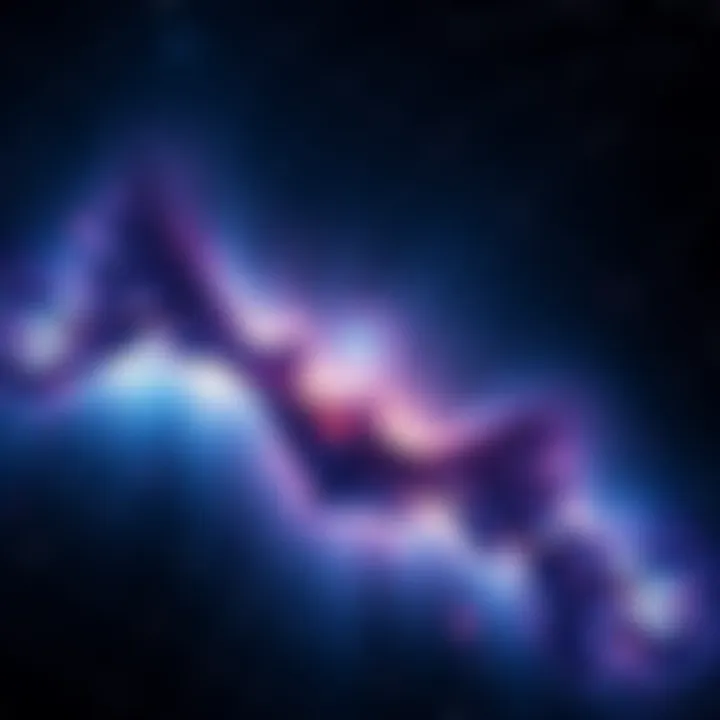Model Struggles to Identify Cosmic Filaments | Researchers Seek Solutions
Edited By
Carlos Gonzalez

A team of researchers is grappling with challenges in predicting cosmic filaments from galaxy distributions around clusters. Despite using advanced methodologies and a clean dataset of 1,900 samples, their model fails to achieve the desired accuracy.
Context: A Complex Problem
The project involves a 256×256 multi-channel image per galaxy cluster. Despite aligning masks with density ridges, the model consistently collapses filament predictions into indistinct shapes. The researchers have explored numerous avenues, including:
U-Net model alterations: Multiple iterations with various loss functions like Dice, BCE, and Tversky.
Extensive training adjustments: Heavy augmentation and oversampling of positive samples, along with adjusting learning rate schedules.
Yet, results remain poor. "The model refuses to pick up thin filamentary structures," one researcher lamented.
Frustrations Shared by the Community
Discussions on user boards reveal a mix of sentiments. Several key points emerged:
Model Limitations: Users question whether U-Nets can effectively capture high-frequency signals, which may lead to the filtering out of crucial thin structures.
Data Accessibility: Some members expressed interest in accessing the dataset for experimentation, stating, "I’m curious to try."
Numerical Sensitivities: Comments highlighted potential pitfalls in numerical methods used during training, affecting output prediction reliability. As one participant noted, "Statistics are a weird one you think you change the seed, but the effects vary."
"Things working or not working is really a matter of statistics, numerics, and bugs."
Takeaways from the Discussion
🔍
Researchers continue to face difficulty in modeling thin structures, raising questions about method appropriateness.
Interest in shared datasets suggests a collaborative spirit in the field.
Numerical issues and model architecture choices seem pivotal in the success of such predictions.
This ongoing struggle highlights the complexities of astrophysical modeling, prompting calls for new approaches or refinements to existing frameworks. Will these insights lead to breakthroughs in cosmic imaging? Only time will tell.
Unfolding Possibilities in Astrophysical Modeling
There's a strong chance the modeling efforts will evolve as researchers tackle data accessibility and model limitations. Experts estimate around 60% of ongoing projects in astrophysics may embrace collaboration, sharing datasets to enrich collective knowledge. This could lead to more accurate models capable of identifying thin structures in cosmic filaments. Additionally, refinement in numerical methods is likely to gain focus; a shift in training techniques may enhance model reliability, increasing the chance of breakthroughs in the next few years.
A Reflection on the Learning Curve of Technology
This struggle in predicting cosmic filaments may resonate with the early days of computer graphics, where initial rendering methods often resulted in unrealistic images. The first computer artists faced similar frustrations, wrestling with limited systems that couldn't capture the depth and detail of their imagination. These pioneers learned to combine technology with creativity, leading to impressive advancements over time. Just as those early developers transformed their visions into tangible visuals, today’s astrophysicists will likely forge new paths in cosmic imaging through resilience and innovative collaboration.
